Search Images
Browse Content (p. 225)
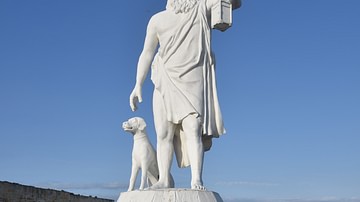
Image
Diogenes of Sinope
Modern statue of Diogenes of Sinope (c. 404-323 BCE) in Sinop (northern Turkey). The 5.50 m tall statue depicts the Cynic philosopher standing with his dog on his dwelling barrel and lantern in hand, searching for an honest man.
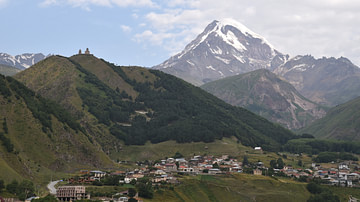
Image
Mount Kazbeg in the Caucasus Mountains, Georgia
View of the 14th-century Gergeti Trinity Church with Mount Kazbek (or Mount Kazbegi) in the background. Mount Kazbek is associated in Georgian folklore with the mighty hero Amirani, the Georgian version of Prometheus, who was chained on the...
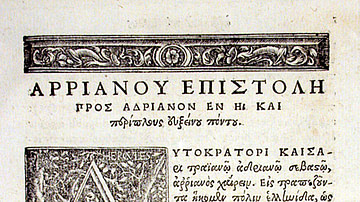
Image
Periplus of the Euxine Sea by Arrian
Beginning of the Periplus of the Euxine Sea by Arrian of Nicomedia, Johann Froben and Nicolaus Episcopius, Basel 1533. Basel University Library. The Periplus of the Euxine Sea (Latin: Periplus Ponti Euxini, Greek: Períplous toû Euxeínou...
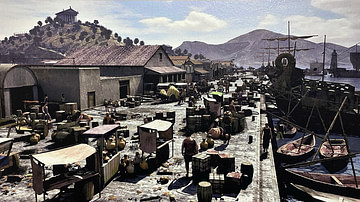
Image
Recreation of the Roman Port of Amastris
A recreation of the port of Amastris in the Roman period.
Amasra Museum, Turkey.
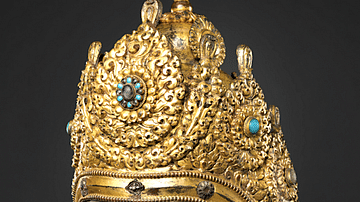
Image
Vajracharya Priest’s Crown
A gilded and turquoise Vajracharya Priest’s Crown from Nepal. Vajracharya was the highest rank of priesthood. Made in 1717. Height: 12 in. (30.5 cm). Width: 7 1/2 in. (19.1 cm). The inscription includes a warning for those who covet the...
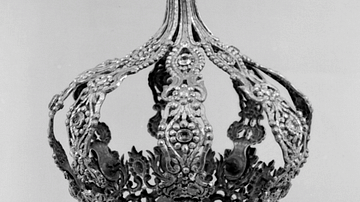
Image
Portuguese Silver Crown
A silver crown with diamonds from Portugal c. 1800. The crown measures 19.4 × 14.6 cm or 7 5/8 × 5 3/4 in. (Metropolitan Museum of Art, New York)
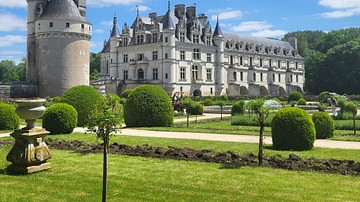
Image
Château de Chenonceau
Château de Chenonceau, Indre-et-Loire, Centre-Val de Loire. France. Built in the first decades of the 16th century.
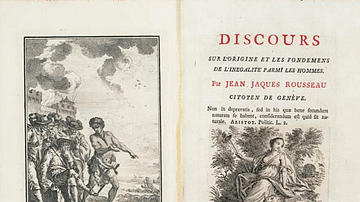
Image
Title Page of Second Discourse by Rousseau
The title page of Second Discourse by Jean-Jacques Rousseau (1712-1778), first published in 1755.

Image
Bust of Xenophon
Marble bust of Xenophon of Athens (l. 430 to c. 354 BCE), dated to 332-31 BCE. Xenophon was a Greek military leader, philosopher, and historian. He was one of Socrates' students and participated in the Persian wars. In his famous book Anabasis...
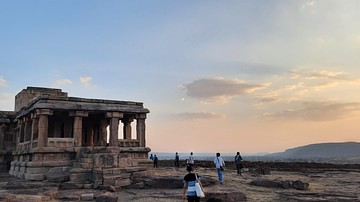
Image
Meguti Jain Temple, Karnataka
Frontal view of the Meguti Jain Temple located inside the walls of Aihole Fort, Karnataka, India. An inscription from Pulakesin II, an emperor of Badami Chalukyas could be found in the temple. It is the only dated structure in Aihole, built...